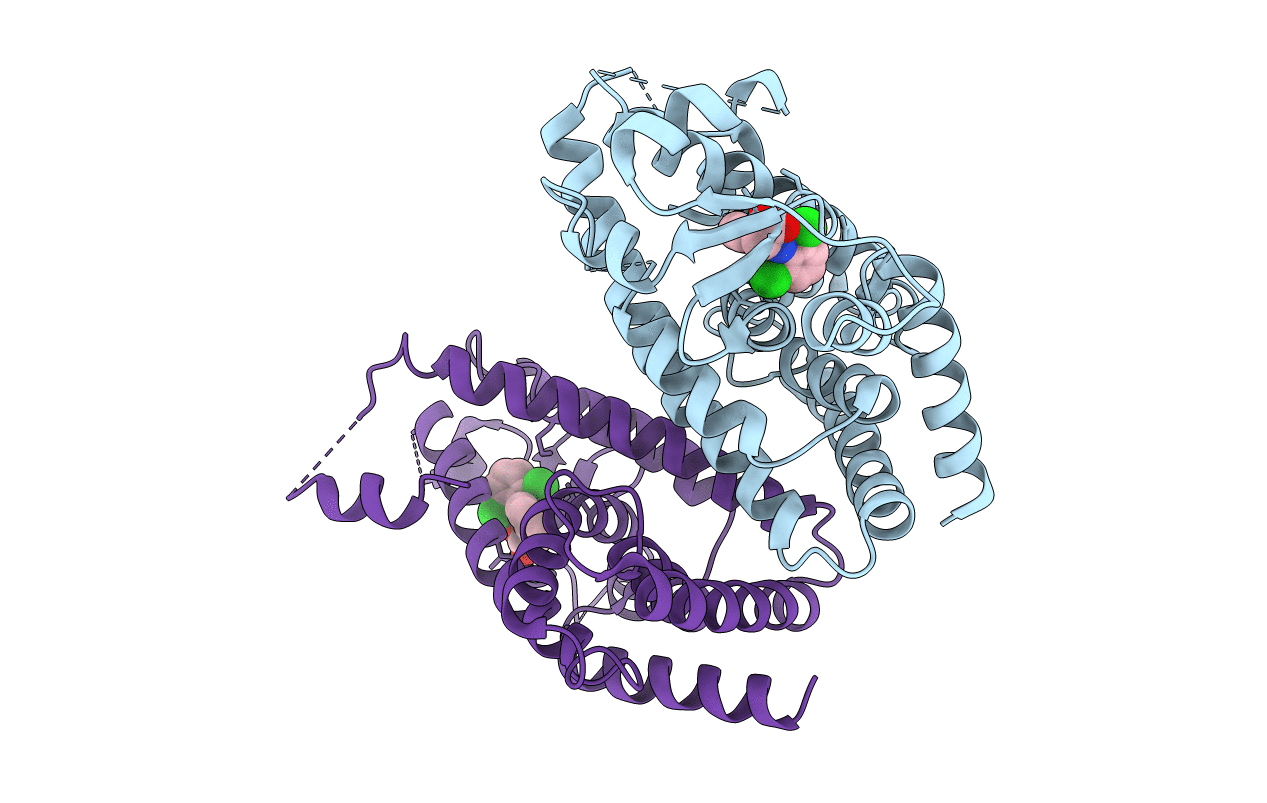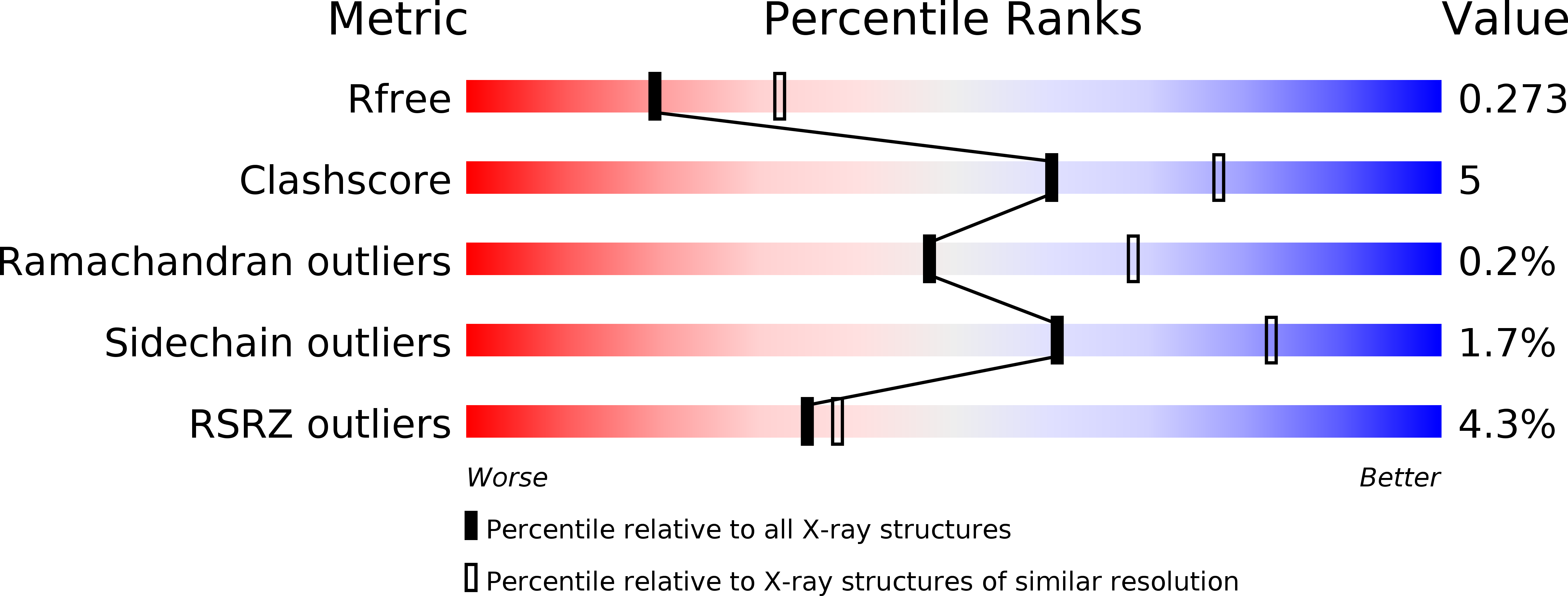
Deposition Date
2015-01-23
Release Date
2015-11-11
Last Version Date
2024-02-28
Entry Detail
PDB ID:
4XTA
Keywords:
Title:
MECHANISMS OF PPARgamma ACTIVATION BY NON-STEROIDAL ANTI-INFLAMMATORY DRUGS
Biological Source:
Source Organism:
Homo sapiens (Taxon ID: 9606)
Host Organism:
Method Details:
Experimental Method:
Resolution:
2.50 Å
R-Value Free:
0.27
R-Value Work:
0.21
R-Value Observed:
0.21
Space Group:
C 1 2 1


